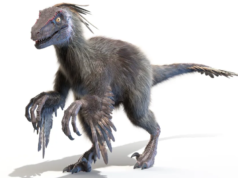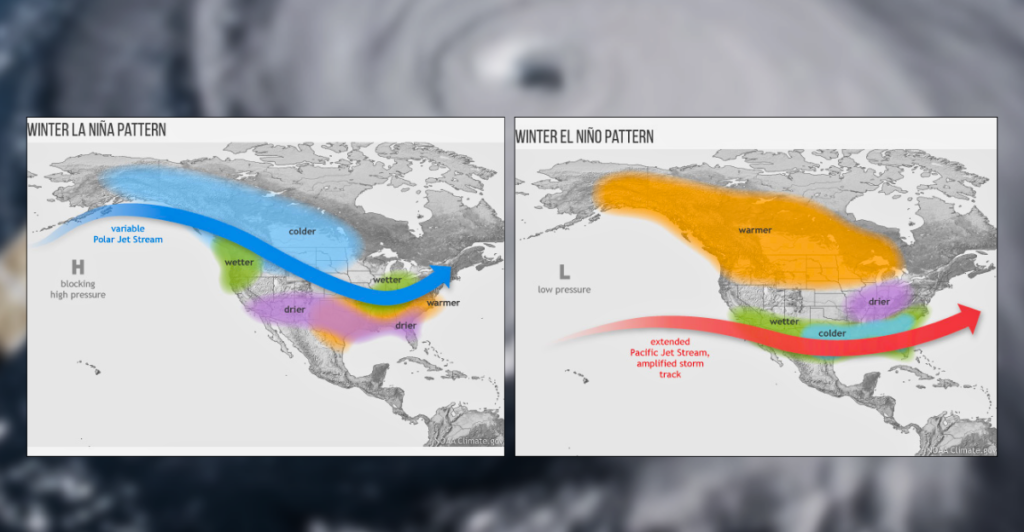
With February rolling in, temperatures across the United States are expected to be warmer, but there are going to be exceptions. It looks like it’ll be a warmer-than-anticipated month in the southern states, but the northern regions have surprising forecasts.
Temperature Expectations
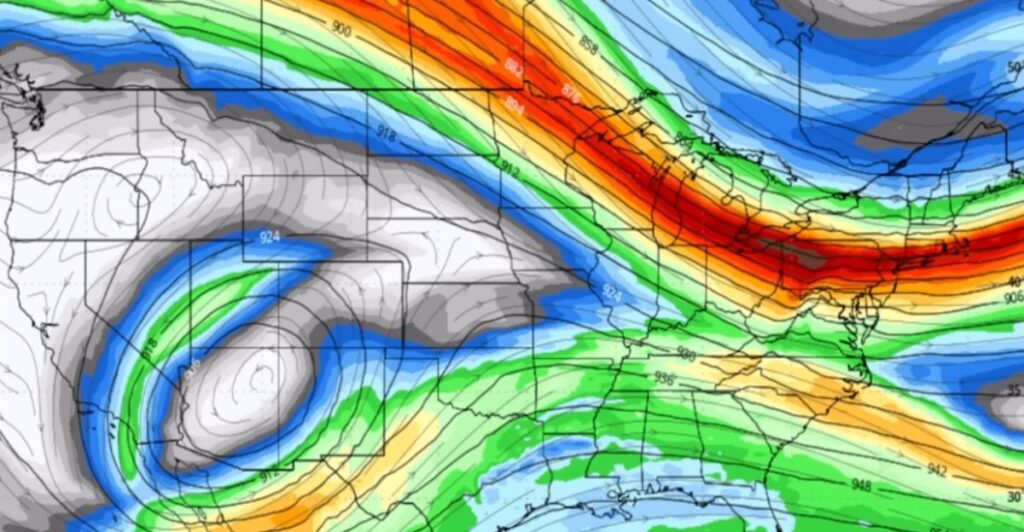
According to the National Oceanic and Atmospheric Administration, or NOAA, many areas in the United States are expected to reach 60-70 degrees Fahrenheit. This shift in temperature is unusual, as February is normally one of the coldest months of the year.
The Polar Vortex Influence
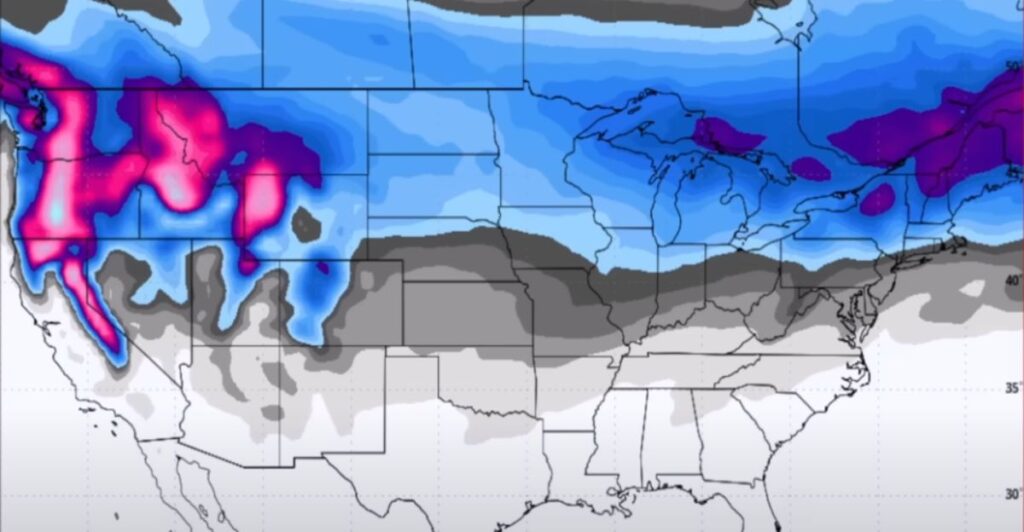
During the winter months, it’s normally expected to see a Polar Vortex – a band of cold winds that originate from the Arctic. These winds normally bring cold air into the northern parts of the United States. Regions in the south can avoid these winds, creating huge temperature fluctuations between states.
Regional Variations
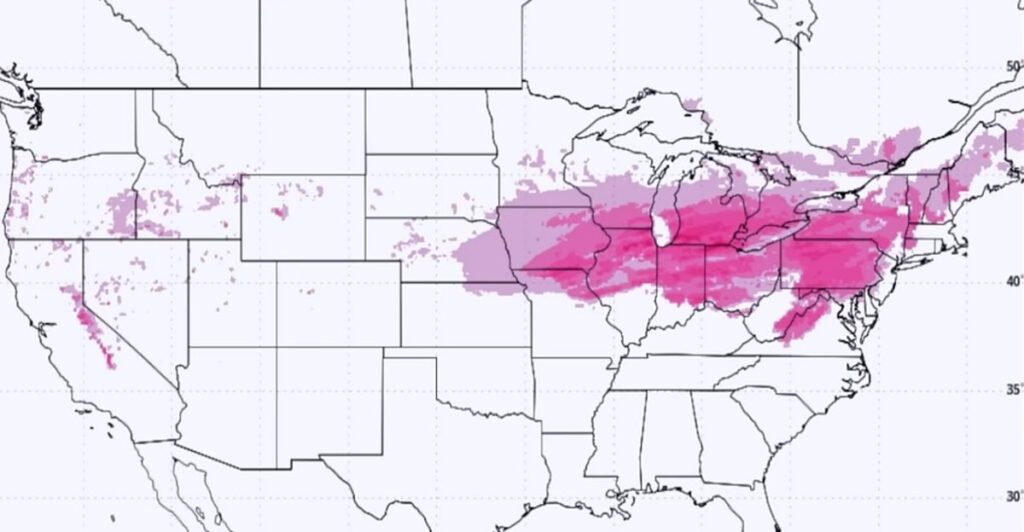
The southern states are expected to be warmer due to avoiding this Polar Vortex, while states closer to the US-Canadian border could face colder than predicted temperatures. A few exceptions exist in these northern states, including Idaho, Oregon, and Washington.
Precipitation Patterns
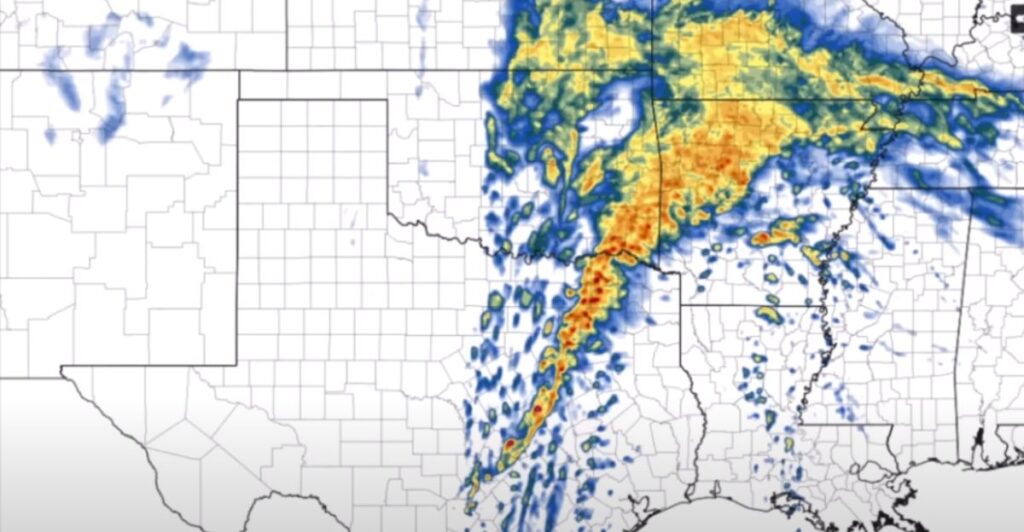
Forecasts for the coldest regions are from the Pacific Northwest to Northern Dakota. States in the south, like Texas, predicted as hotter than average could also mean drier-than-average conditions for this time of year.
Snowfall Predictions
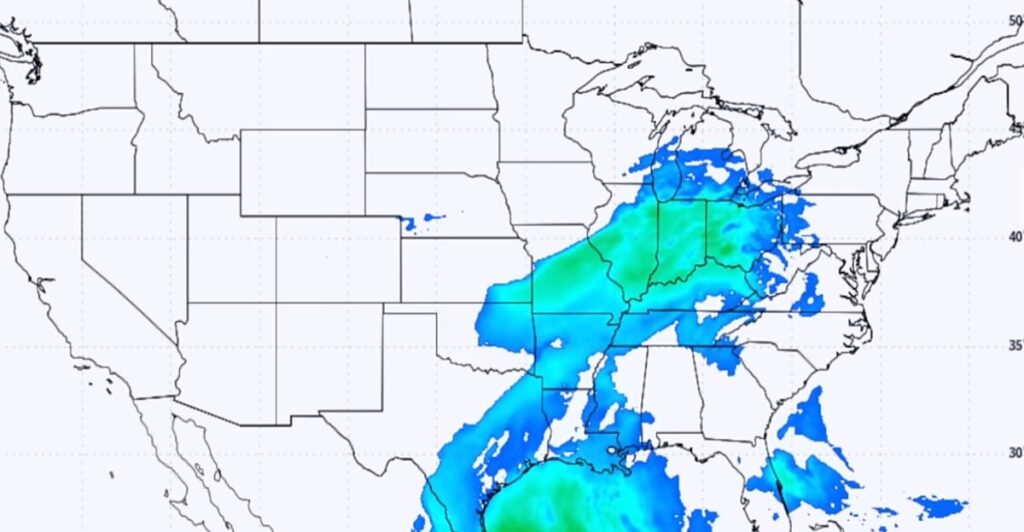
The Rockies and Pacific Northwest should receive more snowfall than average due to the colder temperatures. Minneapolis and Chicago, among other Midwest cities, could experience enough snowfall to need plowing as storms interact with the colder air.
Impacts on Winter Weather

In the past, winter storms have been ushered in with the month of February, but this year, forecasts indicate that many regions may not have substantial snow events. The Gulf Coast is an example where there may be limited snowfall compared to previous years.
Pressure Changes
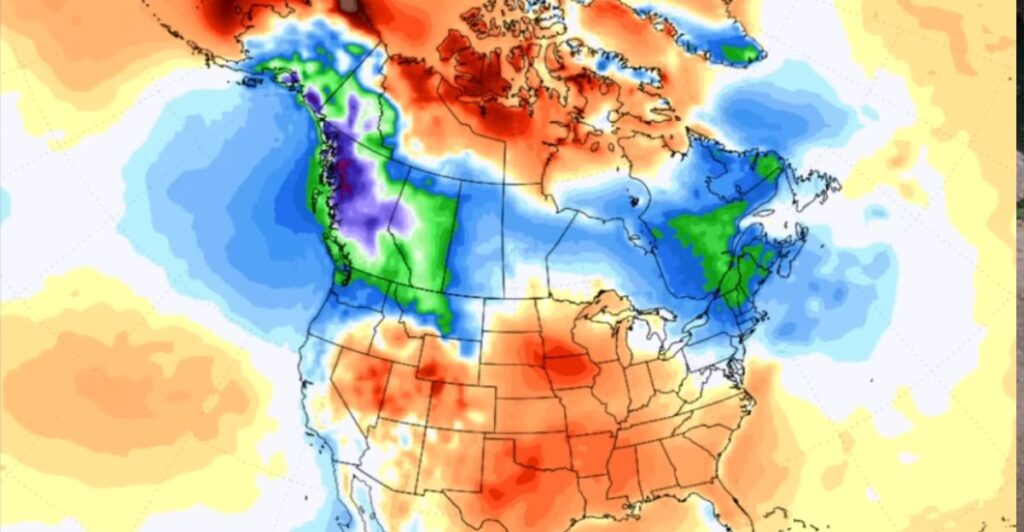
A persistent cold could envelop the Eastern United States if a pressure known as the Greenland Block forces a cold front in that direction. This isn’t the only high-pressure dome expected to affect the US, as one could come from the Pacific Ocean, causing the West Coast to experience a warmer climate in late February.
Long-term Outlook

Once February is over, colder temperatures could stick around into March for Northern States. As the winter transitions to spring, this could exacerbate the temperature fluctuations in the North and South regions of the US.
Climate Change Considerations
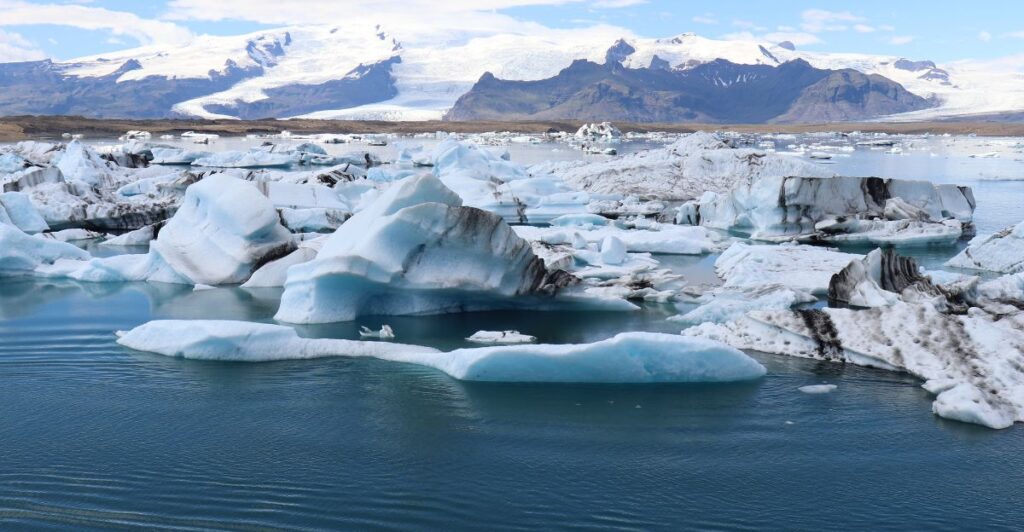
The biggest probability behind the fluctuations in temperature from previous years is global warming, which can lead to less frequent and intense precipitation. Over the last hundred years, the average annual temperature has increased from 53.1 in 1925 to 55.6 in 2024.
Preparing for Weather Changes

Residents are advised to stay informed about local forecasts as February progresses. Understanding regional differences in temperature and precipitation can help communities prepare for potential impacts from both warmth and cold.
Impact on Wildlife Habitats

Warmer temperatures in February could disrupt wildlife habitats across the United States. Species that rely on cold conditions, such as certain amphibians and insects, may find their breeding cycles affected, leading to mismatches in food availability and habitat suitability as they emerge earlier than usual.
Migration Patterns Altered
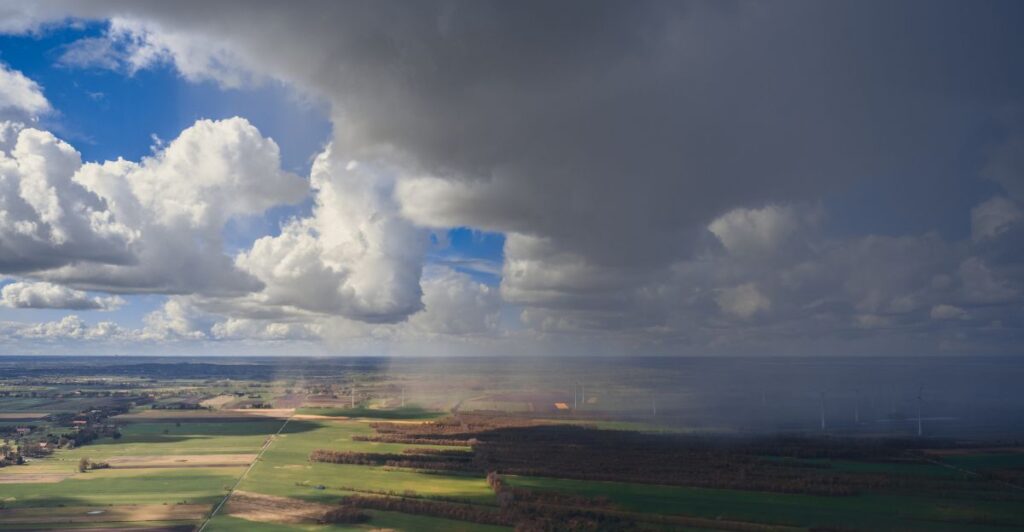
The forecasted temperature fluctuations may also impact migratory patterns of birds and other animals. Warmer southern regions might attract migratory species earlier, potentially leading to competition for resources with local populations. Conversely, colder northern areas could delay the return of some species, affecting ecosystem balance.
Discover more of our trending stories and follow us to keep them appearing in your feed

Polar Vortex Will Drop Temperatures By 30 Degrees In These States
A Climate ‘Time Bomb’ in the Mediterranean Threatens Global Weather—Is the U.S. Prepared?
Deepest Hole On Earth Permanently Sealed After 2 Billion Year Old Discovery
Bobcats Are Making a Comeback—And They Might Be Protecting Us From Disease
References:
Reference 1
This article first appeared here
Stay connected with us for more stories like this! Follow us to get the latest updates or hit the Follow button at the top of this article, and let us know what you think by leaving your feedback below. We’d love to hear from you!



